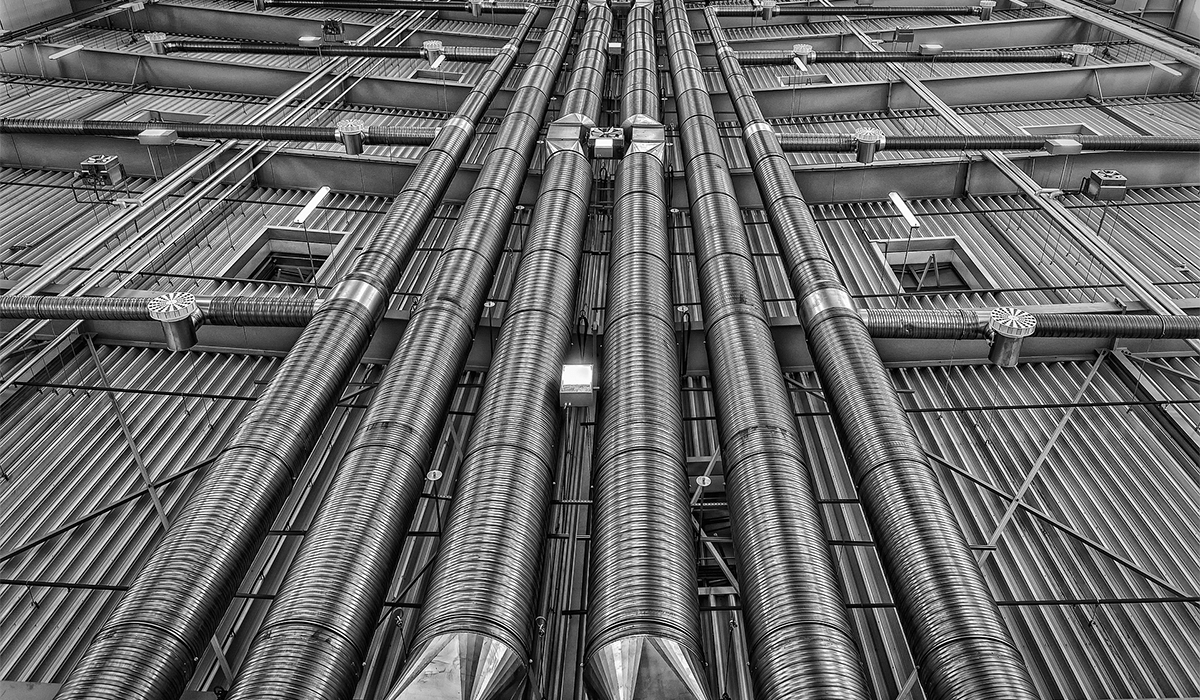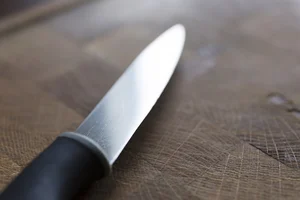
Most people don't often think about the various differences between steel products. Among the most commonly encountered types are carbon steel and stainless steel, each with its own unique traits.
Stainless steel is widely used in food production equipment, medical devices, automotive components, and more. One of its standout features is that it doesn’t corrode or rust like other iron-based metals do. Its corrosion resistance, aesthetic appeal, low maintenance needs, and strength make it a popular choice across many industries.
If you’ve ever walked into a commercial kitchen or a hospital, chances are you've seen those shiny metal surfaces—those are stainless steel panels.
 hbspt.cta._relativeUrls=true;hbspt.cta.load(5163497, '8dce98ee-223d-4c3d-ae39-749a256a8bb6', {"useNewLoader":"true","region":"na1"});
hbspt.cta._relativeUrls=true;hbspt.cta.load(5163497, '8dce98ee-223d-4c3d-ae39-749a256a8bb6', {"useNewLoader":"true","region":"na1"});
On the flip side, carbon steel has a matte finish and boasts higher tensile strength compared to stainless steel. It's often used in knives and other cutting tools where maintaining a sharp edge is crucial. However, carbon steel is prone to oxidation when exposed to moisture, even in small amounts. Additionally, it isn’t as flexible or moldable as stainless steel.
Both carbon steel and stainless steel share similar base ingredients—iron and carbon—but they differ in terms of added alloying elements. Carbon steel typically contains less than 10.5% chromium, whereas stainless steel must contain at least 10.5% chromium.
What Makes Carbon Steel So Strong?
Carbon steel gets its strength from having carbon content that can reach up to 2.1% of the metal’s weight. The carbon enhances the steel’s durability. Small amounts of other materials may also be added to improve specific qualities like rust resistance without sacrificing strength.
To ensure the toughness of carbon steel, the American Iron and Steel Institute (AISI) sets limits on the amount of additional elements like copper, manganese, and silicon. There are no minimum requirements for corrosion-resistant elements such as chromium, cobalt, nickel, titanium, tungsten, and vanadium.
Applications of Carbon Steel
Since carbon steel is strengthened by its carbon content, its application depends on how much carbon it contains. Low-carbon steel is often used for items like wrought iron or fences. Medium-carbon steel plays a key role in constructing bridges and buildings, while high-carbon steel is ideal for making coils and wires. Its strength and durability make it perfect for cutting tools, saws, drills, knives, and other equipment requiring a durable edge.
 hbspt.cta._relativeUrls=true;hbspt.cta.load(5163497, '8dce98ee-223d-4c3d-ae39-749a256a8bb6', {"useNewLoader":"true","region":"na1"});
hbspt.cta._relativeUrls=true;hbspt.cta.load(5163497, '8dce98ee-223d-4c3d-ae39-749a256a8bb6', {"useNewLoader":"true","region":"na1"});

Why Is Stainless Steel Rust-Resistant?
Stainless steel resists rust due to its chromium content, which is at least 10.5%. Chromium forms a protective layer that shields the steel’s iron from moisture, preventing rust. Industries that involve water-heavy processes, such as petrochemicals and food processing, frequently rely on stainless steel for its durability and ease of maintenance.
Stainless Steel in Piping Systems
Thanks to its excellent corrosion resistance, stainless steel is the go-to material for piping systems in industries like petrochemicals, refining, solar energy, and food processing. Its durability and low maintenance requirements make it a practical choice for these demanding environments.
APP Manufacturing
For further insights into piping systems and accessories, get in touch with APP, a leading provider of piping solutions and support. Their team is ready to address any technical queries related to industrial piping designs and materials.
 hbspt.cta._relativeUrls=true;hbspt.cta.load(5163497, '7c3acf31-8ac7-48b6-9095-1fa70d90c2a7', {"useNewLoader":"true","region":"na1"});
hbspt.cta._relativeUrls=true;hbspt.cta.load(5163497, '7c3acf31-8ac7-48b6-9095-1fa70d90c2a7', {"useNewLoader":"true","region":"na1"});
In summary, both carbon steel and stainless steel serve critical roles in modern manufacturing and industry. Understanding their strengths and limitations helps engineers and designers choose the right material for their projects. Whether it's building robust tools or creating corrosion-resistant pipelines, these alloys play indispensable parts in our daily lives.
Yoga Bags,Yoga Mat Bag,Yoga Mat Tote Storage Bag,Yoga Gym Bag
Dongguan C.Y. RedApple Industrial Limited , https://www.hpgbags.com
